A European Netflix: Assessing Macron's Progress And Future Prospects
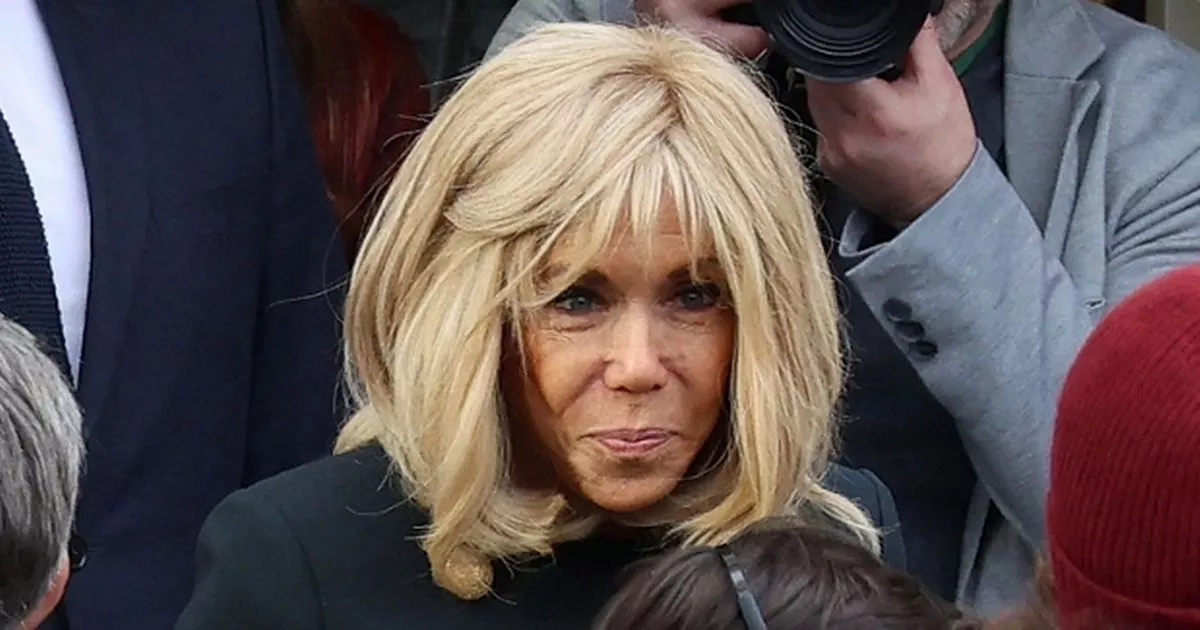
Table of Contents
Macron's Vision for a European Netflix: Policy Initiatives and Objectives
Macron's initiative aims to create a European streaming giant capable of competing with global behemoths like Netflix and Disney+. His vision extends beyond simple market competition; it's about promoting European audiovisual content, fostering a stronger European cultural identity, and ensuring the continent's creative industries thrive in the digital age. To achieve this, the French government has implemented several key policy initiatives:
- Investment in European film and television production: Significant funding has been allocated to bolster European filmmaking and television production, aiming to create a robust pipeline of original content for a future pan-European platform. This includes tax breaks, grants, and direct investment in promising projects.
- Regulatory frameworks designed to favor European content: Regulations are being explored to mandate a certain percentage of European content on streaming platforms operating within the EU, mirroring existing rules for broadcast television. This aims to create a level playing field and give European productions a better chance to compete.
- Incentives for collaboration between European production companies: Efforts are underway to encourage cross-border collaboration between production houses in different EU member states. This would help create larger-scale productions with broader appeal and reduce reliance on individual national markets.
- Discussions on cross-border licensing agreements: Negotiations are ongoing to simplify and harmonize licensing agreements for audiovisual content across the EU. This would streamline the process of making European shows available across multiple territories, a crucial step towards a unified streaming experience.
Progress and Challenges: Assessing the Current State of Play
The European streaming landscape is currently a mosaic of national and regional players. While some services, such as Salto (a now-defunct joint venture between TF1, France Télévisions, and M6), attempted to create a broader reach, they ultimately faced significant challenges. The path to a truly unified "European Netflix" is fraught with obstacles:
- Language barriers and dubbing/subtitling costs: The sheer cost of dubbing and subtitling content into multiple languages across the EU presents a major hurdle. This expense can significantly impact profitability, particularly for smaller productions.
- Differing regulatory landscapes across EU member states: Navigating the complex and often inconsistent regulatory environments across the EU's diverse member states creates significant administrative burdens. Harmonization is essential but proving difficult to achieve.
- Competition from established global players: The dominance of established global streaming giants like Netflix and Disney+ poses a significant competitive challenge. These companies benefit from vast economies of scale and global brand recognition.
- Funding challenges and securing sufficient investment: Securing the substantial investment required to build and operate a pan-European streaming platform is a major undertaking. Attracting both public and private investment will be crucial.
Examples of existing European streaming services, like Mubi (a curated art-house cinema platform) demonstrate the niche markets that can thrive. However, replicating Netflix's scale and broad appeal within a European context necessitates overcoming substantial hurdles.
Key Players and Potential Alliances: Who Could Lead the Charge?
Several key players in the European media landscape could potentially contribute to the creation of a "European Netflix." This includes major broadcasters like the BBC, Rai, and ARD, as well as large media conglomerates with pan-European operations. Strategic alliances and mergers between national streaming services could create a critical mass to compete effectively. The role of national governments will be crucial in facilitating these collaborations, providing incentives, and ensuring a level playing field.
- Potential key players: Examples include Mediaset (Italy), RTL Group (Luxembourg), and ProSiebenSat.1 Media (Germany). These companies, along with others, could potentially form strategic partnerships to create a strong European contender.
The Role of Technology and Infrastructure
A successful pan-European streaming service requires robust technological infrastructure and capabilities. High-speed internet access is a prerequisite across the EU, requiring continued investment in digital infrastructure. Technology also plays a crucial role in overcoming language barriers:
- AI-powered translation and personalized subtitles: Advances in AI-powered translation and personalized subtitle options can significantly reduce the cost and time associated with making content accessible in multiple languages.
Future Prospects: The Likelihood of a European Netflix in the Next Decade
The emergence of a truly successful "European Netflix" within the next decade remains uncertain. Several scenarios are possible:
- Success: A unified platform emerges, leveraging successful collaborations, overcoming regulatory hurdles, and attracting significant investment. This would require substantial political will and industry cooperation.
- Partial success: A number of successful regional players emerge, catering to specific linguistic or cultural markets, rather than a single, unified platform.
- Failure: The challenges prove insurmountable, and the dream of a pan-European streaming giant remains elusive.
Key factors influencing future prospects include: the willingness of European governments to cooperate and invest, the ability of the private sector to create compelling content, and the ongoing geopolitical landscape.
Conclusion
Macron's vision for a "European Netflix" represents a significant ambition. While considerable progress has been made in terms of policy initiatives and identifying potential players, significant challenges remain in terms of funding, regulation, and competition. The creation of a truly unified pan-European streaming service would bolster European cultural identity and economic competitiveness in the global digital marketplace. Further discussion and research into strategic collaborations and innovative technological solutions are vital to achieving this vision. We encourage you to explore further resources and engage in the ongoing conversation surrounding the development of "A European Netflix" and its potential to reshape the European media landscape.

Featured Posts
-
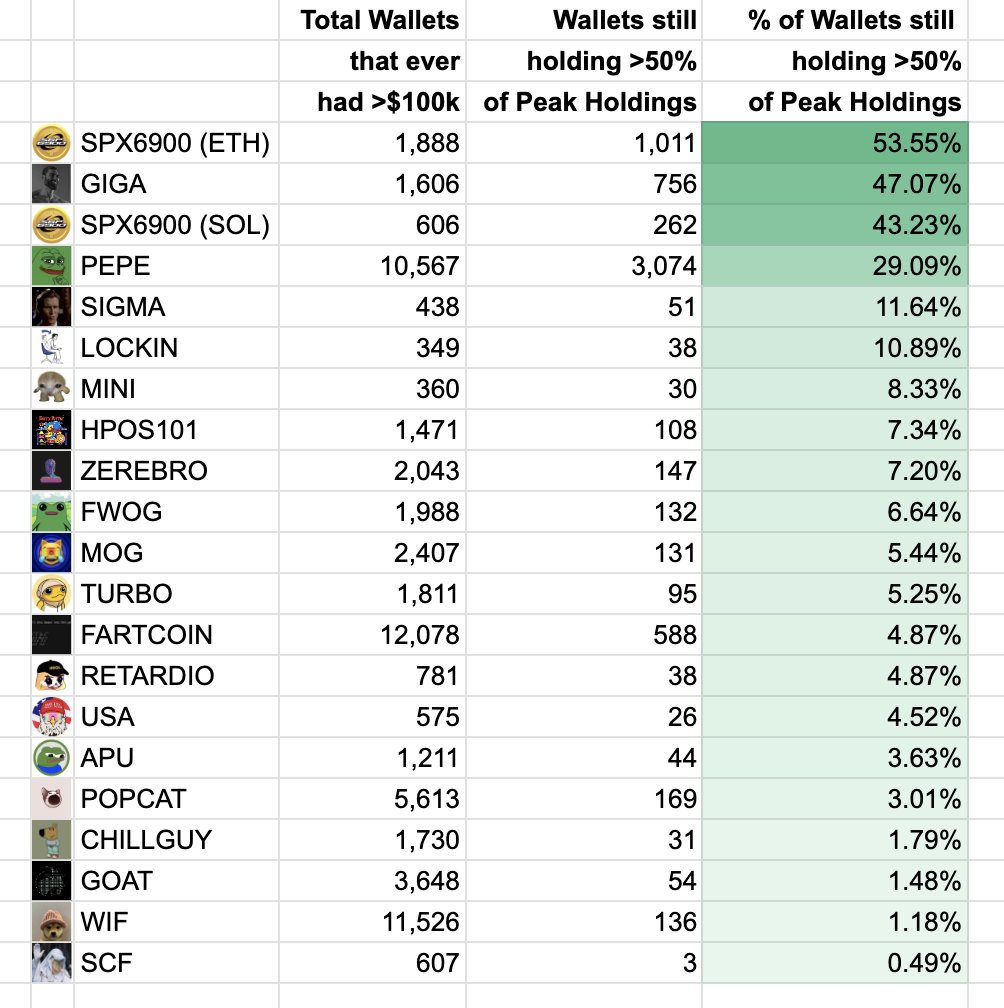 Crypto Whales Target New Xrp 5880 Potential Gains
May 07, 2025
Crypto Whales Target New Xrp 5880 Potential Gains
May 07, 2025 -
 Jackie Chans Strongest Character An Unexpected Gem From A Lesser Known Film
May 07, 2025
Jackie Chans Strongest Character An Unexpected Gem From A Lesser Known Film
May 07, 2025 -
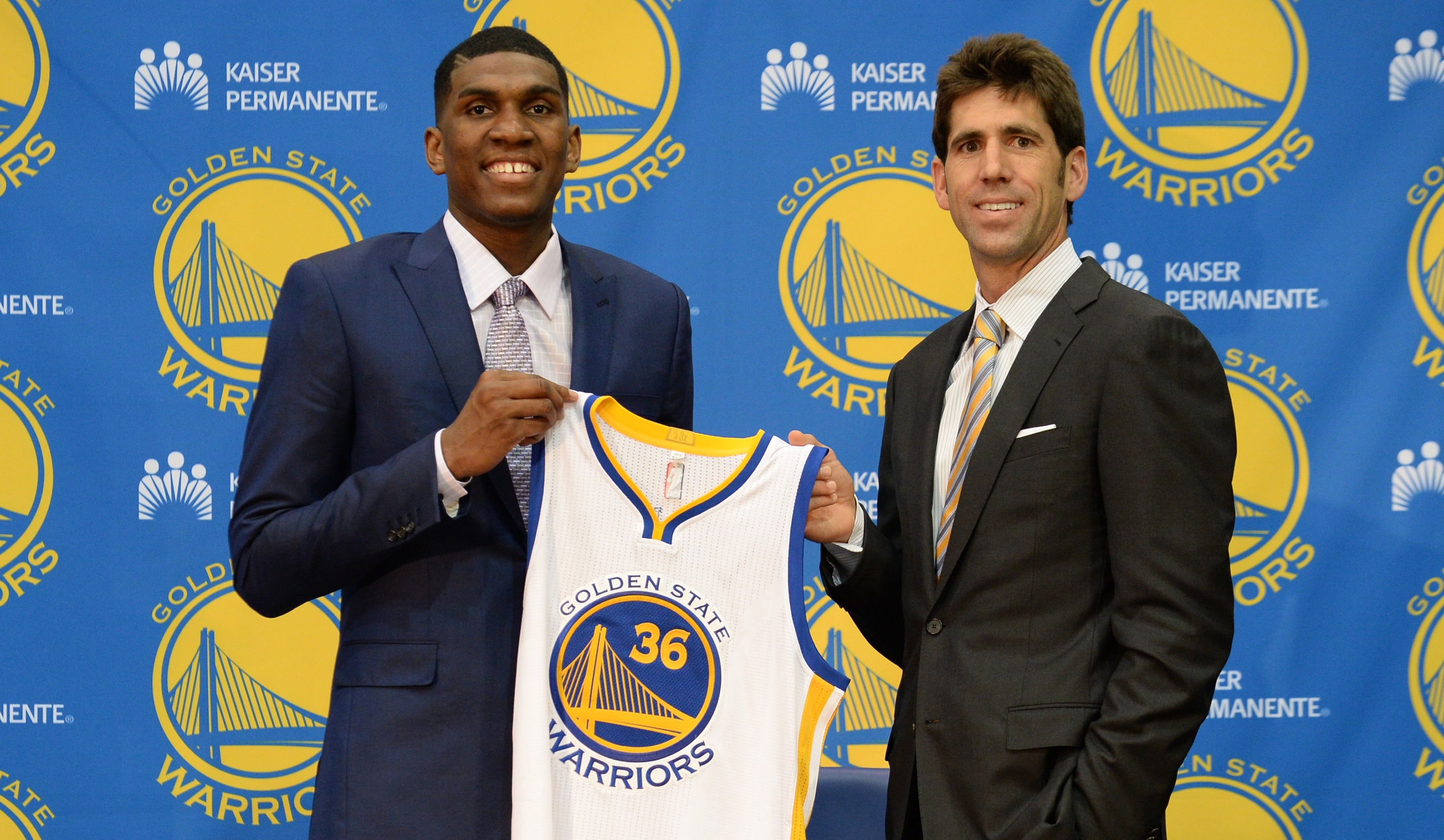 Kevon Looney And The Warriors Nba Free Agency Talks
May 07, 2025
Kevon Looney And The Warriors Nba Free Agency Talks
May 07, 2025 -
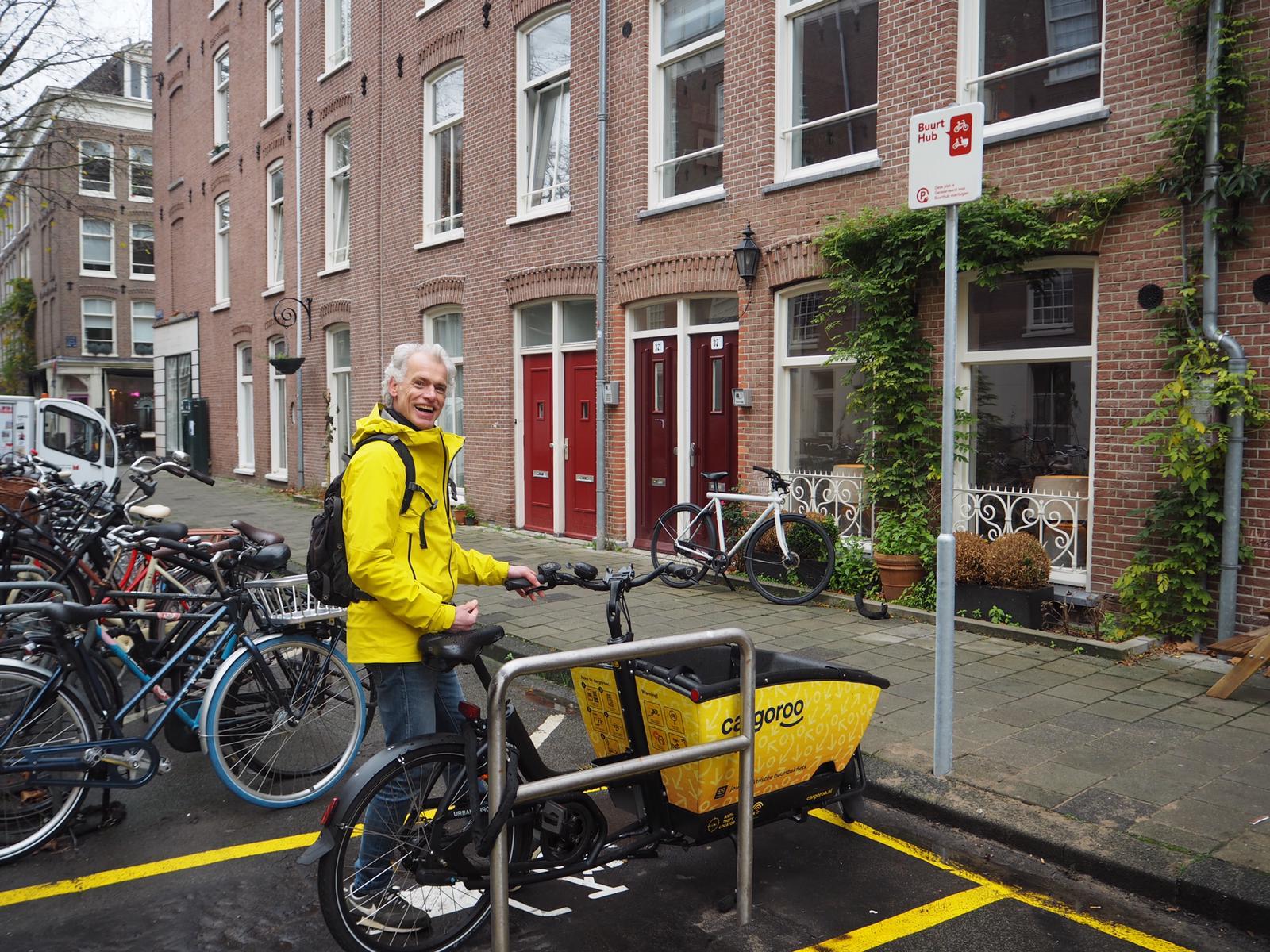 Drogi S8 I S16 Kluczowy Element Zrownowazonego Rozwoju Wg Nawrockiego
May 07, 2025
Drogi S8 I S16 Kluczowy Element Zrownowazonego Rozwoju Wg Nawrockiego
May 07, 2025 -
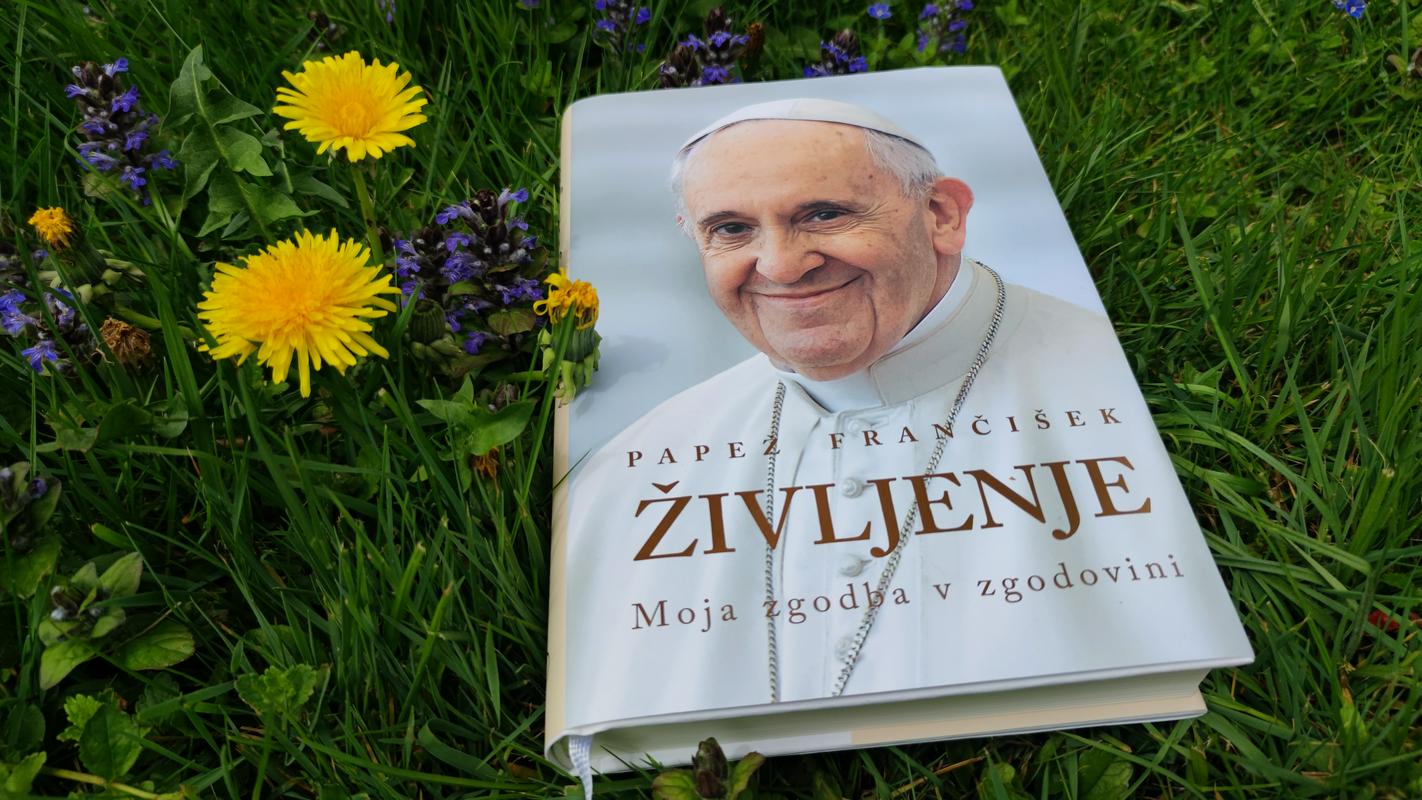 Papez Francisek Tradicionalni Blagoslov Mestu In Svetu S Trga Sv Petra
May 07, 2025
Papez Francisek Tradicionalni Blagoslov Mestu In Svetu S Trga Sv Petra
May 07, 2025
Latest Posts
-
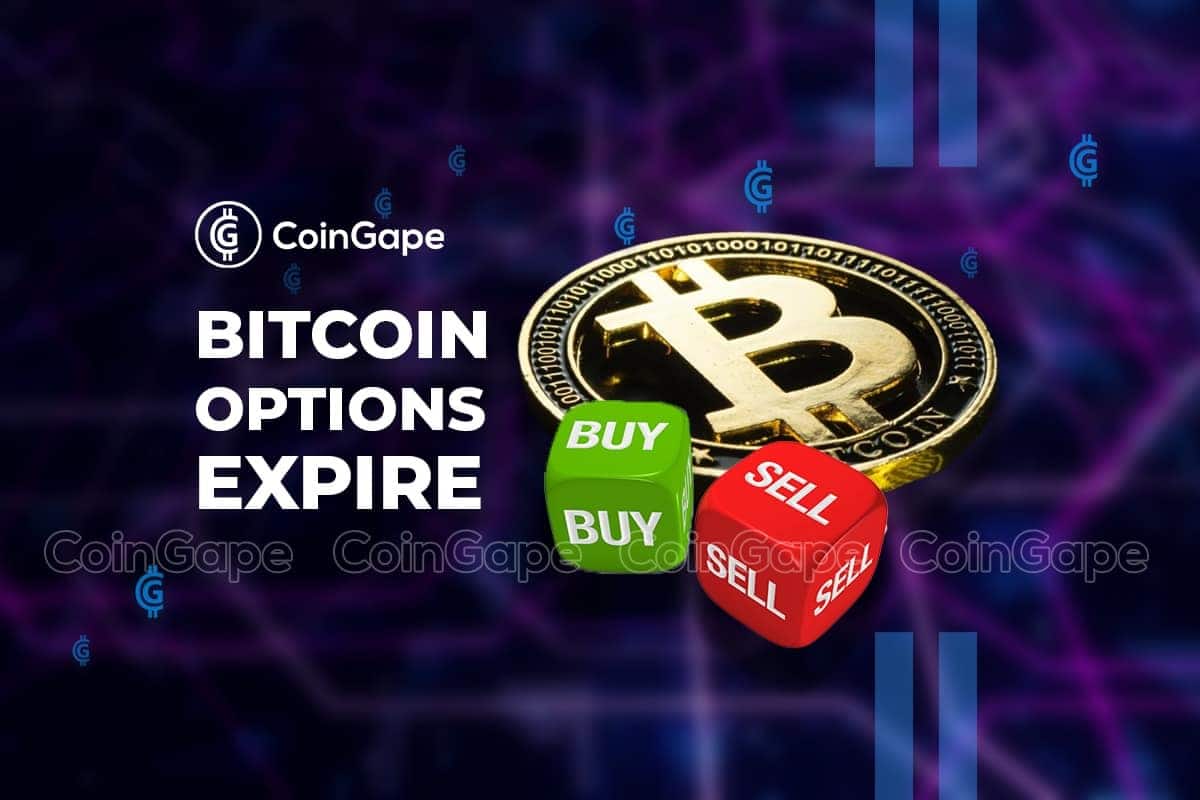 Billions In Bitcoin And Ethereum Options Expire Market Volatility Expected
May 08, 2025
Billions In Bitcoin And Ethereum Options Expire Market Volatility Expected
May 08, 2025 -
 1 500 Ethereum Price Target Is The Crucial Support Level About To Break
May 08, 2025
1 500 Ethereum Price Target Is The Crucial Support Level About To Break
May 08, 2025 -
 Ethereum Price Holds Above Key Support Could A Drop To 1 500 Be Next
May 08, 2025
Ethereum Price Holds Above Key Support Could A Drop To 1 500 Be Next
May 08, 2025 -
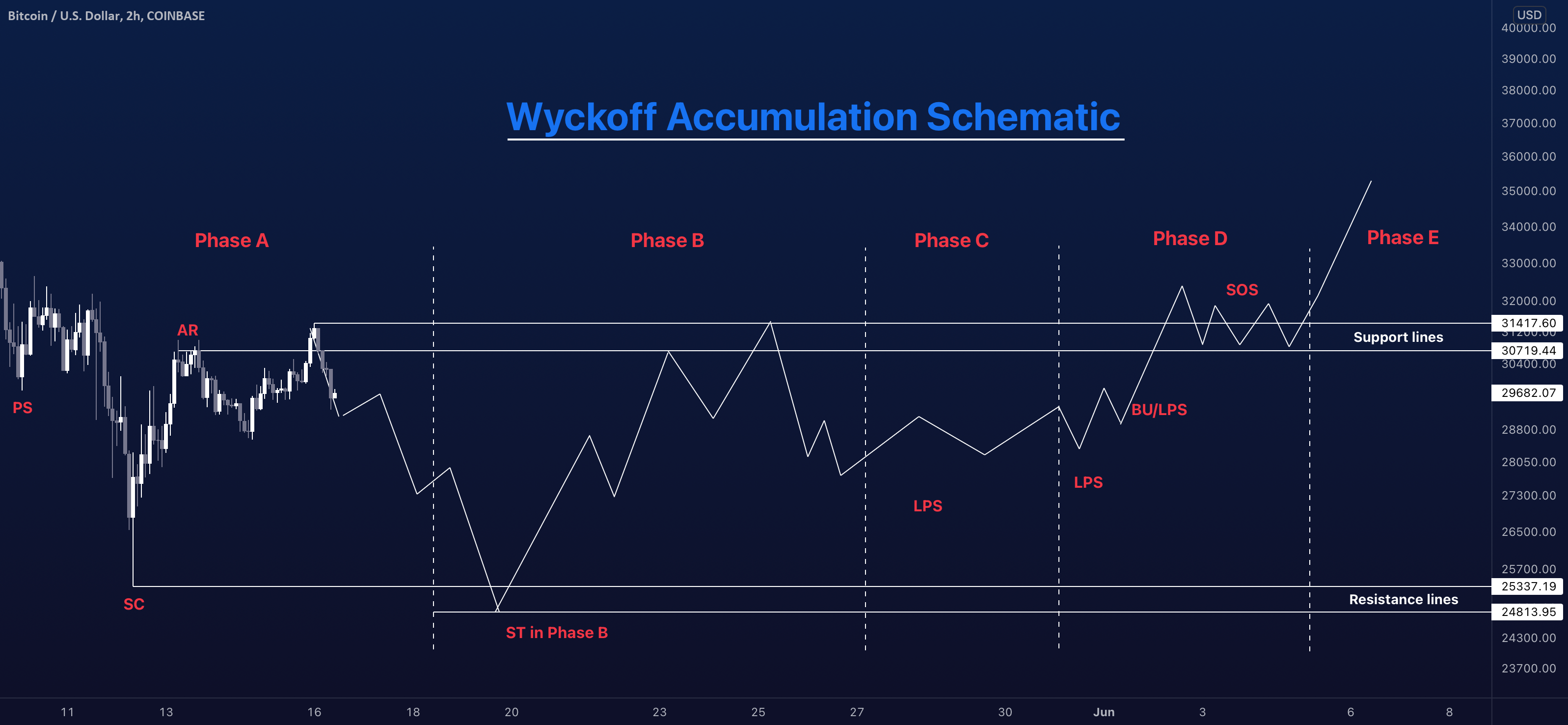 Ethereums Price Action Suggests 2 700 Is Achievable Wyckoff Accumulation Explained
May 08, 2025
Ethereums Price Action Suggests 2 700 Is Achievable Wyckoff Accumulation Explained
May 08, 2025 -
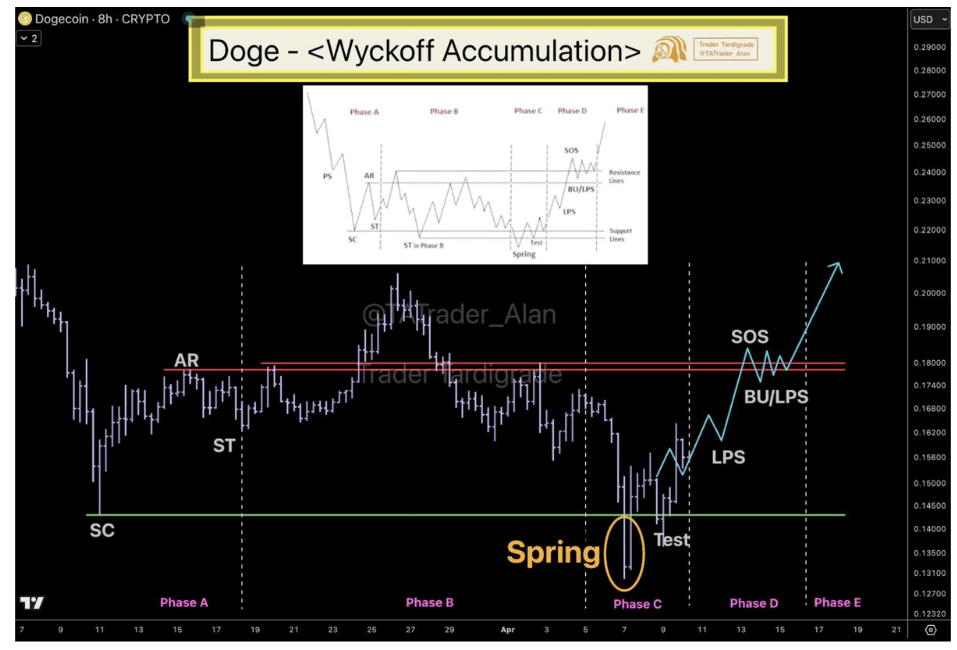 Technical Analysis Ethereums Potential 2 700 Surge Based On Wyckoff
May 08, 2025
Technical Analysis Ethereums Potential 2 700 Surge Based On Wyckoff
May 08, 2025
